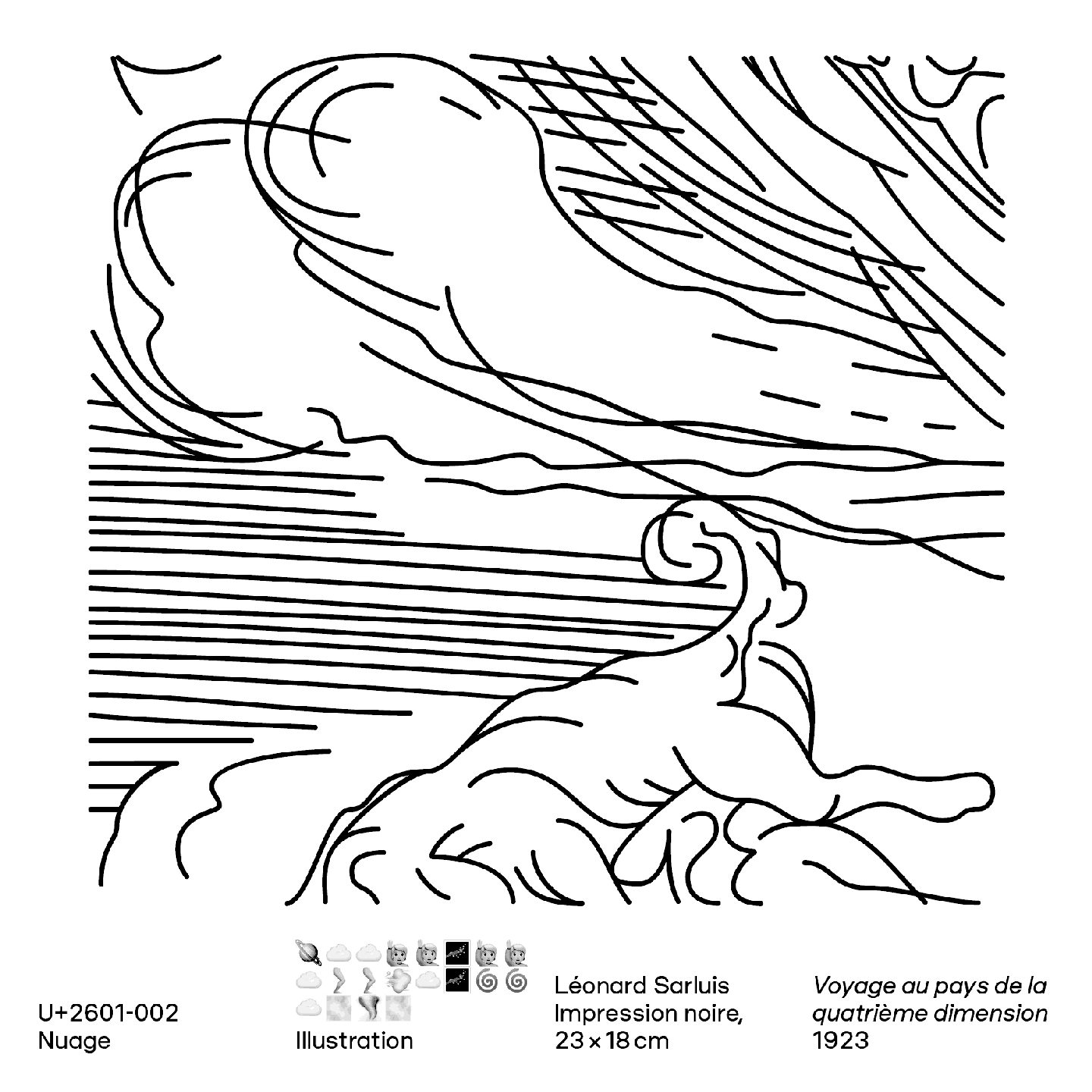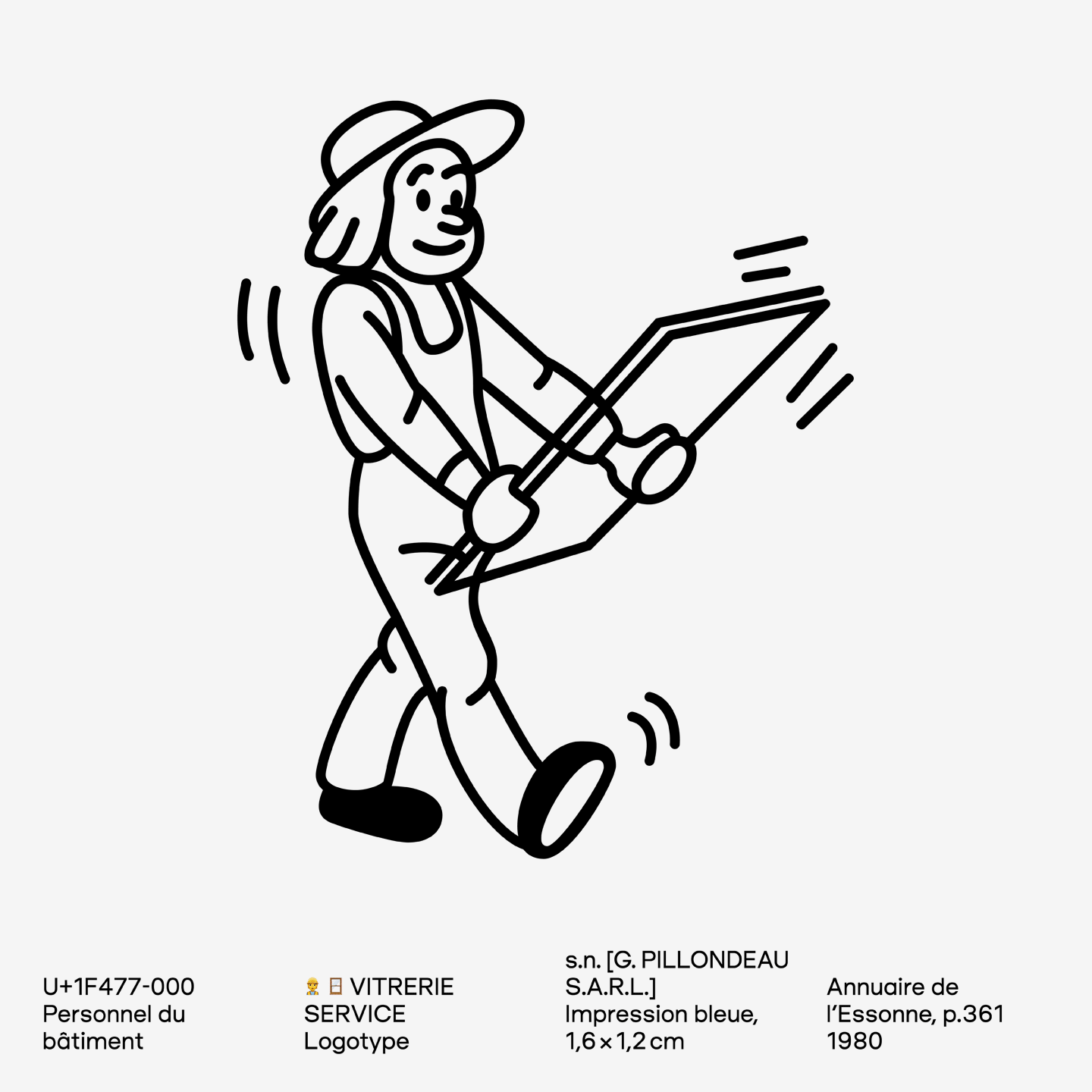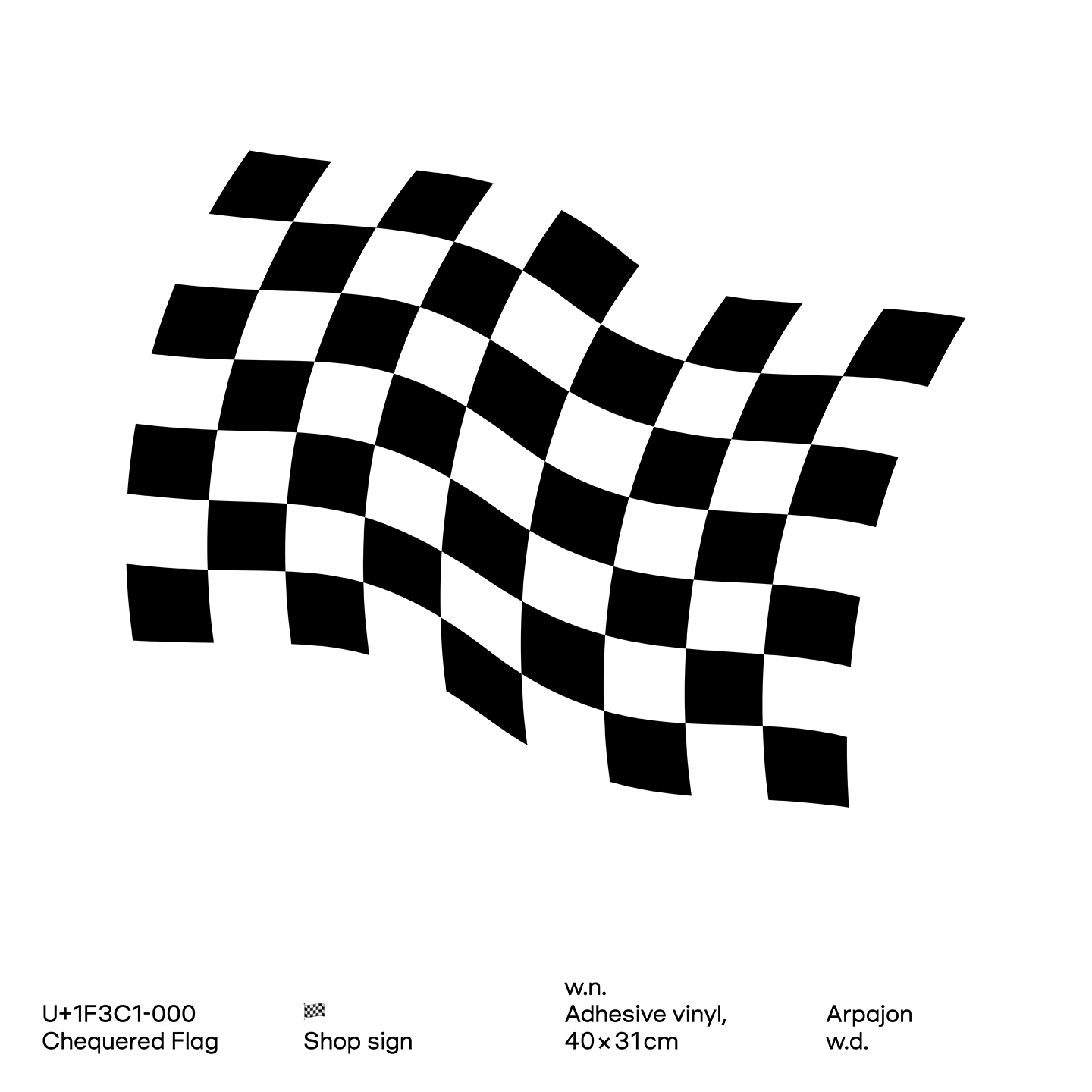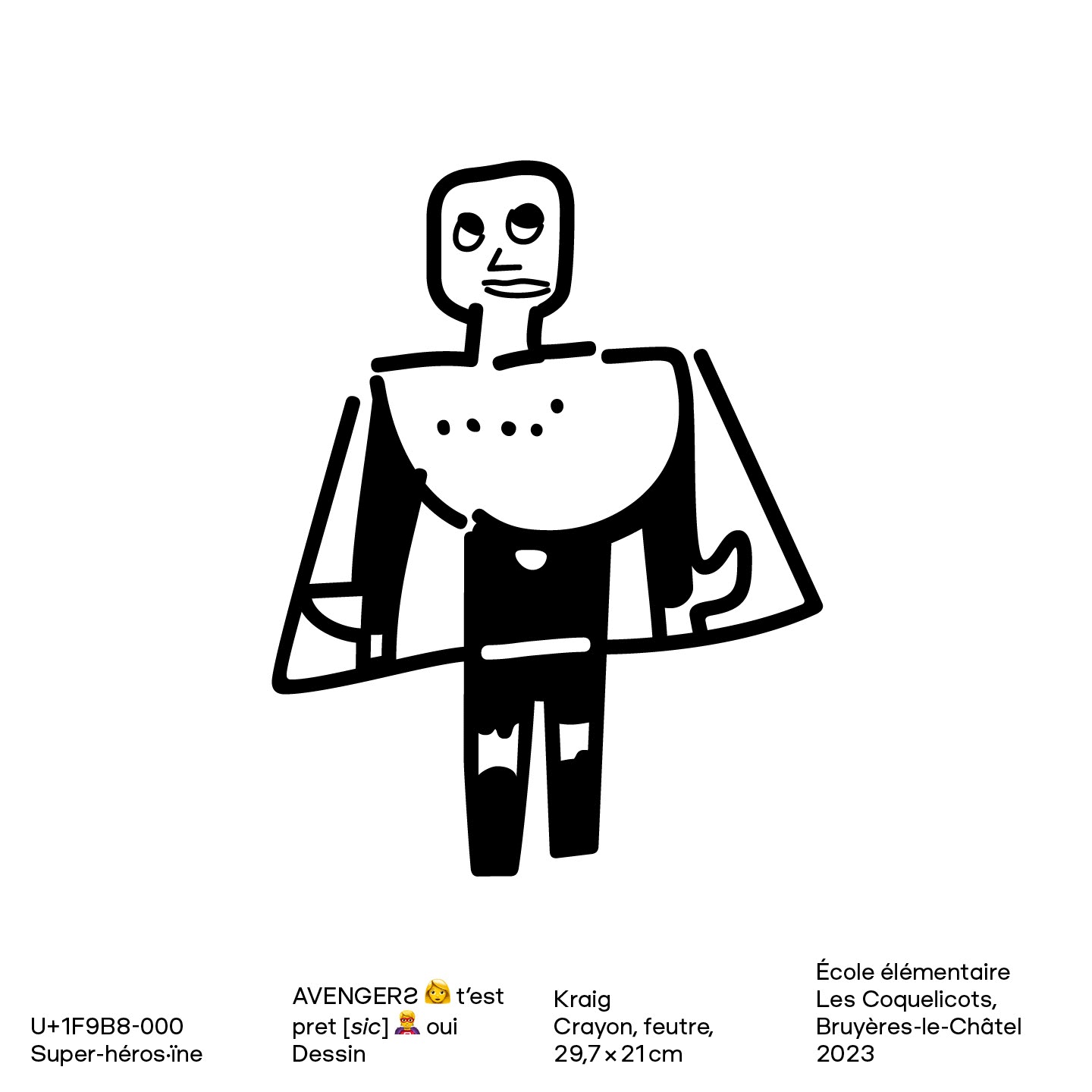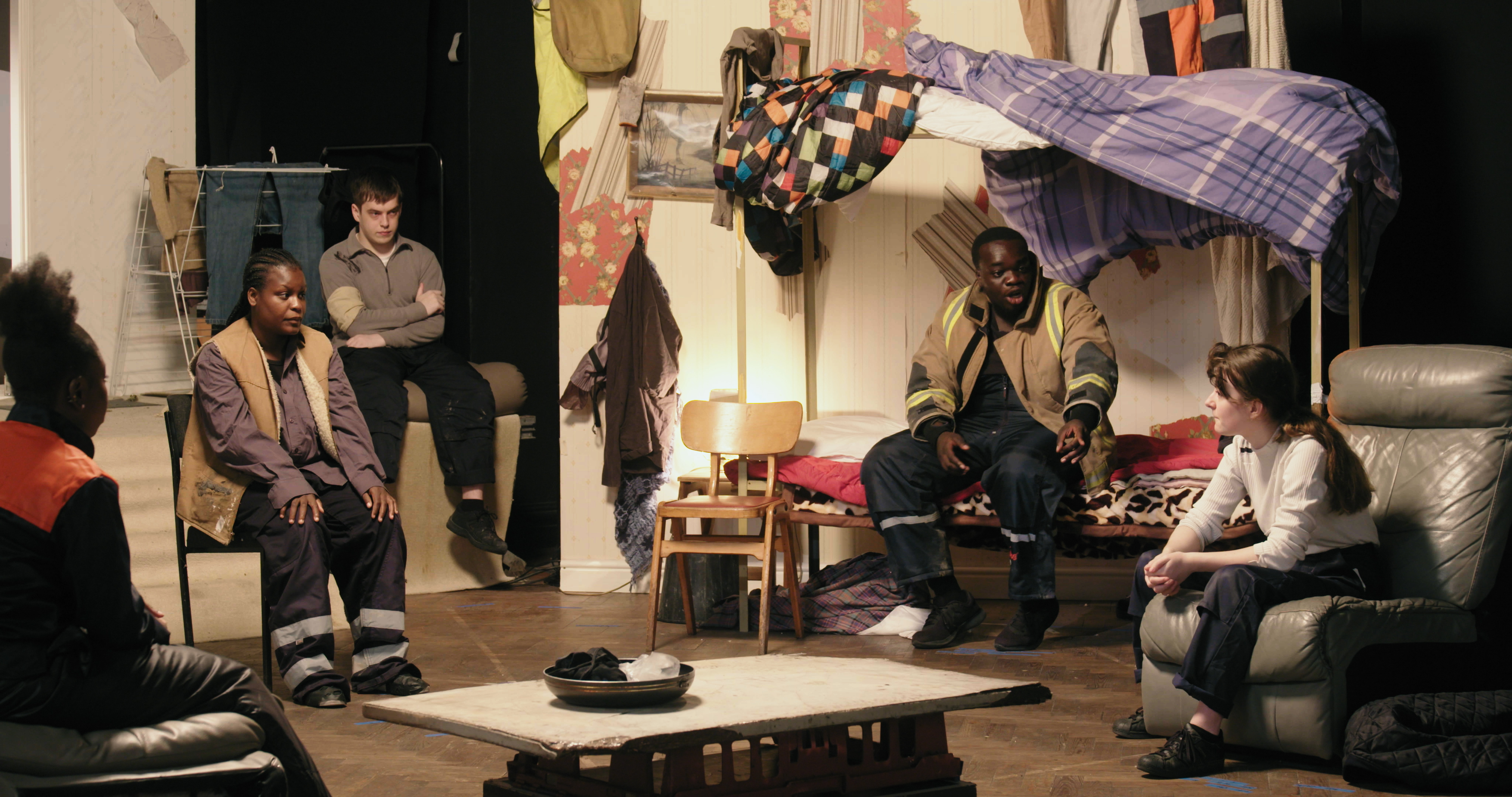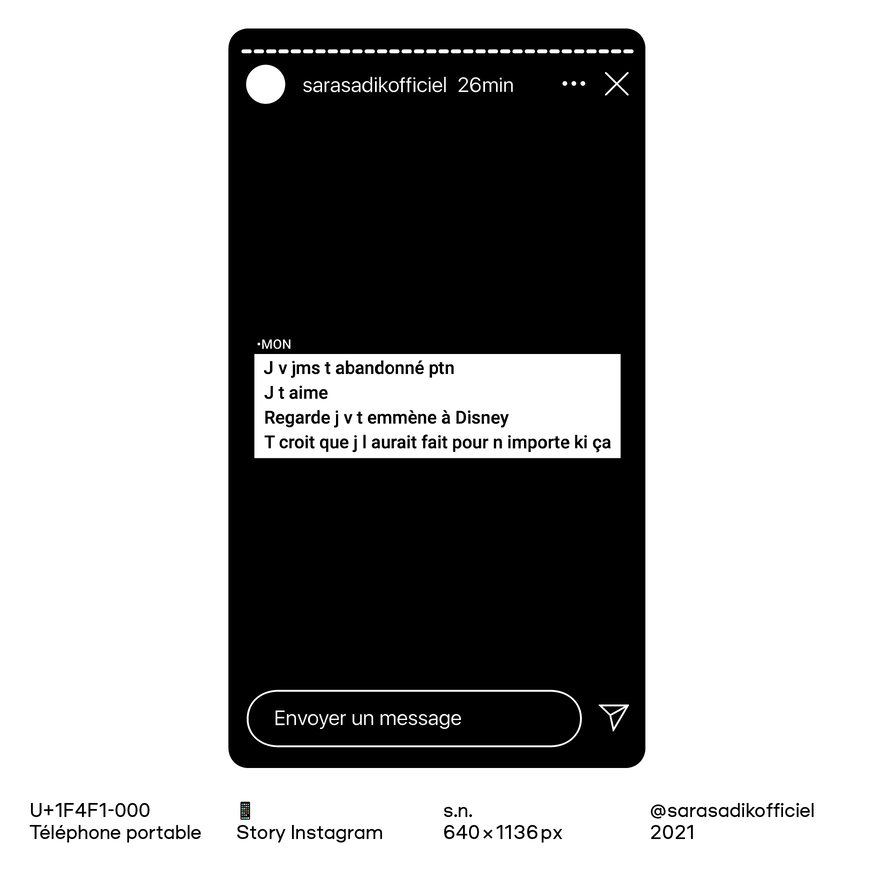September 19–December 5, 2020
Rue Henri Douard
Contemporary Art Center of National Interest / Cœur d’Essonne Agglomération
91220 Brétigny-sur-Orge
France
T +33 1 60 85 20 76
info@cacbretigny.com
Nils Alix-Tabeling, Eleanor Antin, Marcel Bascoulard, Pauline Boudry / Renate Lorenz, Cécile Bouffard, AA Bronson, Claude Cahun and Marcel Moore, Vaginal Davis, Arthur Gillet, Rita Hajj, Harry Gould Harvey IV, Özgür Kar, Tarek Lakhrissi, Mehryl Levisse, Roxanne Maillet, Sophio Medoidze, Clara Pacotte, Pierre Paulin, Autumn Ramsey, Jimmy Robert and Louise Siffert
Co-curated by Damien Delille and Céline Poulin,
with the assistance of Céline Gatel
Sâr Dubnotal is the principal character of a series of pulp novels published anonymously (probably by Norbert Sevestre) in 1909-10. The series would eventually comprise twenty episodes. One of the first “detectives of the strange” in the history of superheroes was inspired by the art critic and organizer of Symbolist exhibitions Joséphin Péladan, who adopted the name Sâr. Considered in his day an eccentric and a danger to the rules of propriety, Péladan was a great fan of the poses and posturings of artists who were extravagant and mystics. Able to levitate, communicate telepathically, and hypnotize his enemies, Péladan’s alter ego Sâr Dubnotal is a hybrid many-sided character in search of a murky, surprising world. In light of rational modern man, Sâr Dubnotal/Péladan exalted lifestyles and ways of social interaction that fell outside the norms. Artifice and trickery were an integral part of his identity. Clothes, superpowers, individual or communal rituals, and fetish pieces of furniture and objects are artifices that have been dear to artists from the late-19th century on.
The figure of Sâr Dubnotal/Péladan is the starting point for this transhistorical show. The several generations of artists invited to take part have constructed stories of fantastic epics, symbolist artifacts, and recreations of the self, giving expression to the fluidity of genders and norms. All of the works on display fall under the banner of the “disidentification” conceptualized by the Cuban-American theoretician José Esteban Muñoz; the term was an emblem of the rejection of stable categories. But whatever the period, the invention of new visual idioms pushes political strategies towards an attractive poetic language that is equal to the task of complexifying the circulation of pleasure and affects. The invited artists have sought to imagine new chimeras that are in constant dialogue with the survival of ghosts of the past.
Sâr Dubnotal brings together a multiplicity of works of art, some of which were especially produced for the show. They include different mediums and artistic fields, as well as archival documents, historical works, and original reproductions. Conceived as a moment of research and work in progress Sâr Dubnotal incorporates several different timeframes and spaces. The show will also feature a booklet that will go over the historical and theoretical issues that are in play; a research-action section will give rise to performances [1] and workshops, notably at the Classe Préparatoire Arts Visuels Grand Paris Sud (Evry) and the Fleury-Mérogis detention center [2]; finally the CAC Revue will provide a forum for the writing of certain researchers who are taking part in these reflections [3].
Damien Delille and Céline Poulin
Notes
[1] In dialogue with Thomas Conchou’s “NO NO DESIRE DESIRE” cycle at the Maison populaire of Montreuil.
[2] Workshops designed with the assistance of Elena Lespes Muñoz, Communication and Public Outreach Manager, and co-editor of the Revue.
[3] Camille Back, Clovis Maillet and others.
A public service of Cœur d’Essonne Agglomération, CAC Brétigny, Contemporary art center of national interest, benefits from the support of Ministère de la Culture—DRAC Île-de-France, Région Île-de-France and Conseil départemental de l’Essonne, and with the complicity of the Brétigny-sur-Orge's municipality. CAC Brétigny is a member of TRAM and d.c.a. The exhibition «Sâr Dubnotal» will feature loans from the City of Angers—Public Library; the Lyon Public Library; the Bibliothèque de Rennes Métropole—Champs Libres (City of Rennes Library—Champs Libres); the Anger University Library—Belle Beille; the Collection: Ville de Paris—Bibliothèque des littératures policières (City of Paris—Crime Literature Library); the Nantes Museum of Arts—Nantes Métropole; the Jersey Heritage Collections; the Centre national des arts plastiques (National Centre for Visual Arts, France); Bureau New York; Crèvecoeur, Paris, Marseille; Gallery Christophe Gaillard, Paris; Galerie Isabella Bortolozzi, Berlin; Édouard Montassut, Paris; Esther Schipper, Berlin; Marcelle Alix, Paris; and Tanya Leighton, Berlin; with the support of Cité internationale des arts (Paris) and the Mégisserie Alric.

